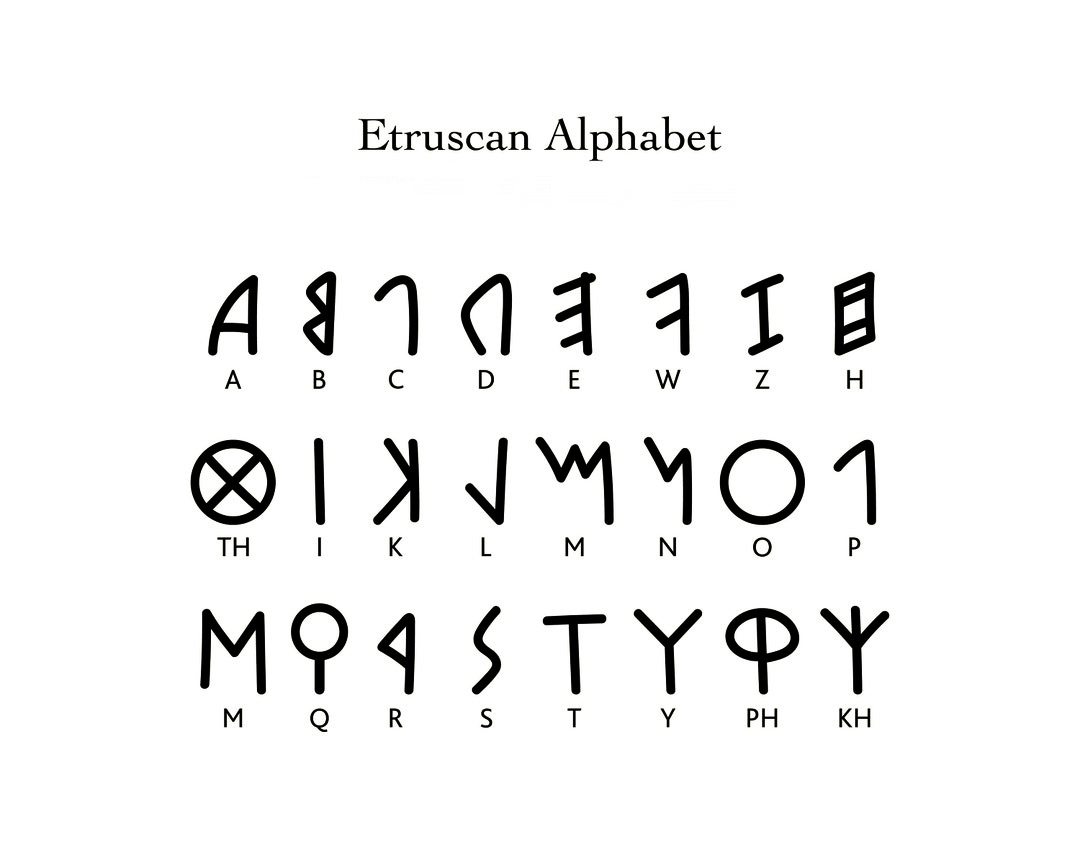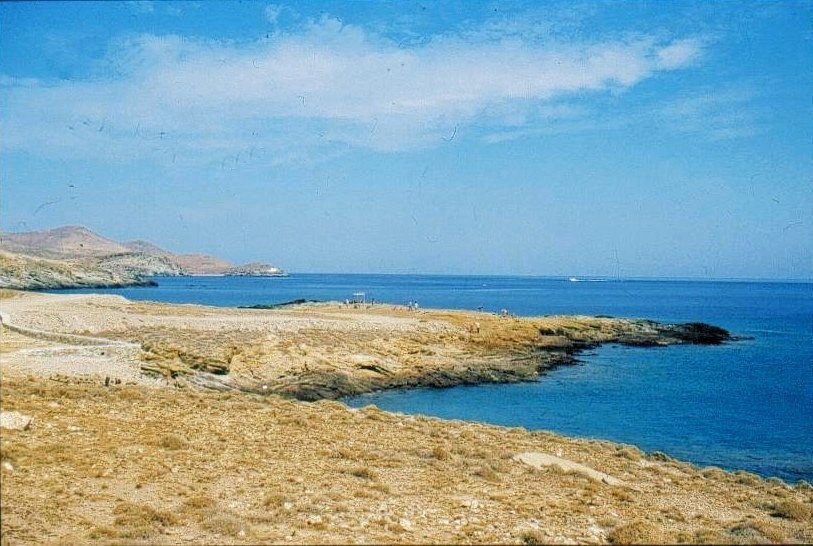
1/ Homer, the famous narrator of the epic Trojan War, probably lived in Ionia (Minor Asia) or on a nearby island in the Eastern Aegean (Chios), around the 8th century BC, being a descendant of Greeks who migrated eastward coming from the mainland after the 11th century BC. 

2/ Homer joins in the circle of aoidoi and rhapsodes that entertained the Mycenaean courts of the local lords and nobles during the heroic age, implicitly suggesting that his audience consisted of similar social elites acting during the Geometric Period. 

3/ The chronological background of his narrative is connected to the period of the end of the Mycenaean era, an era whose memories were indelibly engraved in the memory of the following generations, giving birth to admirable heroes - warlords and memorable heroic deeds. 

4/ After all, to some extent there is some form of continuity between the fall of the Mycenaean palatial system and the subsequent Post-Palatial Period/Early Iron Age, despite the intense upheaval and mobility that intervened. 

5/ At the same time, during the Mycenaean period, the inhabitants of the mainland had close contacts with the coastal communities of Asia Minor, the most important being Miletus and the surrounding area, which was an important center of Mycenaean influence and culture. 

6/The conclusion is that the close political and commercial interaction between Greek and Western Anatolian elements brought about a certain degree of cultural blending, the results of which the newly arrived Ionian settlers found in the local tradition of the areas they settled. 

7/ Likewise, the world of Homer's Iliad is a world of cultural fusion of West and East, Greeks and Anatolians, where each side is described with strengths and weaknesses as actors of a common cultural framework (same language of communication, similar habits). 

8/ Homer's original audience was probably members of aristocratic families of Ionia, who were of Greek, Anatolian or mixed origin and who identified with the heroes of the Trojan cycle who came into conflict with each other, understanding the psychosynthesis of their actions. 

9/ The great majority were descendants of Ionian immigrants of the early first millennium with the most important aristocratic families patronizing artists like Homer, who offered them an emotional, racial and genealogical connection to their continental ancestral lots. 

10/ Also, Homer in the Iliad, although he narrates an internationalized armed conflict with the opposing forces being divided into two large coalitions - Greeks and Anatolians -, does not present a war of two different worlds with cultural, ideological and systemic differences. 

11/ On the contrary, the Trojan War is a war of honor, which started on the occasion of the abduction of Helen of Troy, regardless of whether it was done with her consent or not ➡️ 

➡️ and with the Greeks seeking to return her to Sparta because that is what their code of honor dictates, while on the other hand the Trojans must defend her at all possible costs. 

12/Homer makes the difference is when he describes his heroic archetype. One would expect him to extol as Greek an Achaean warlord, such as Achilles or Agamemnon. However,for the leaders of the Achaeans,it often reminds, among other things,the vulnerabilities in their personality 

13/ For Homer, the ideal leader is a Trojan: Hector. He is devoted to his family, loyal to his comrades, his city and his royal lineage, the bravest and most effective in battle among all the Trojans compared only to Achilles. 

14/ And when the time came for the final showdown with Achilles under the city walls, while he initially displays cowardice in front of the Greek hero's wrath, presenting a human fear in the face of death, he finally faces his fate with courage and dignity. 

15/ Although Homer is not biased in favor of one side or the other, the fall of Troy by the Achaeans is predetermined and the death of Hector opens the way to the final outcome of the war drama. Nevertheless, the Iliad ends with Priam's family mourning. 

16/ The Ionic audience was maintaining sympathies both for the heroes of the ancestral homeland and for those of the new one, and Homer with his impartial narrative tries to meet all the expectations of the individuals or families whose patronage he enjoyed. ➡️ 

➡️ This fact had significant effects on the formation of the Iliad, especially regarding the intense combativeness of the Trojans who caused significant losses and often disrupted the Greek forces, as well as the pro-Trojan structure of the events that close the work. 

17/ Another element that reveals the intense cultural fusion of the Ionians with the Anatolian element is the presence in the Iliad of the cremation of the dead which probably reflected a particularly widespread practice of the Hittites, as well as the existence of iron weaponry. 

18/ In conclusion, Homer created his epic by stepping on the cultural background that had already been created in Ionia in the 8th century BC ➡️ 

➡️ and contains influences both from the EIA past of the ancestral homelands, as well as from the pre-existing local populations of Western Anatolia, thus covering all the demands of its patrons. 

• • •
Missing some Tweet in this thread? You can try to
force a refresh























